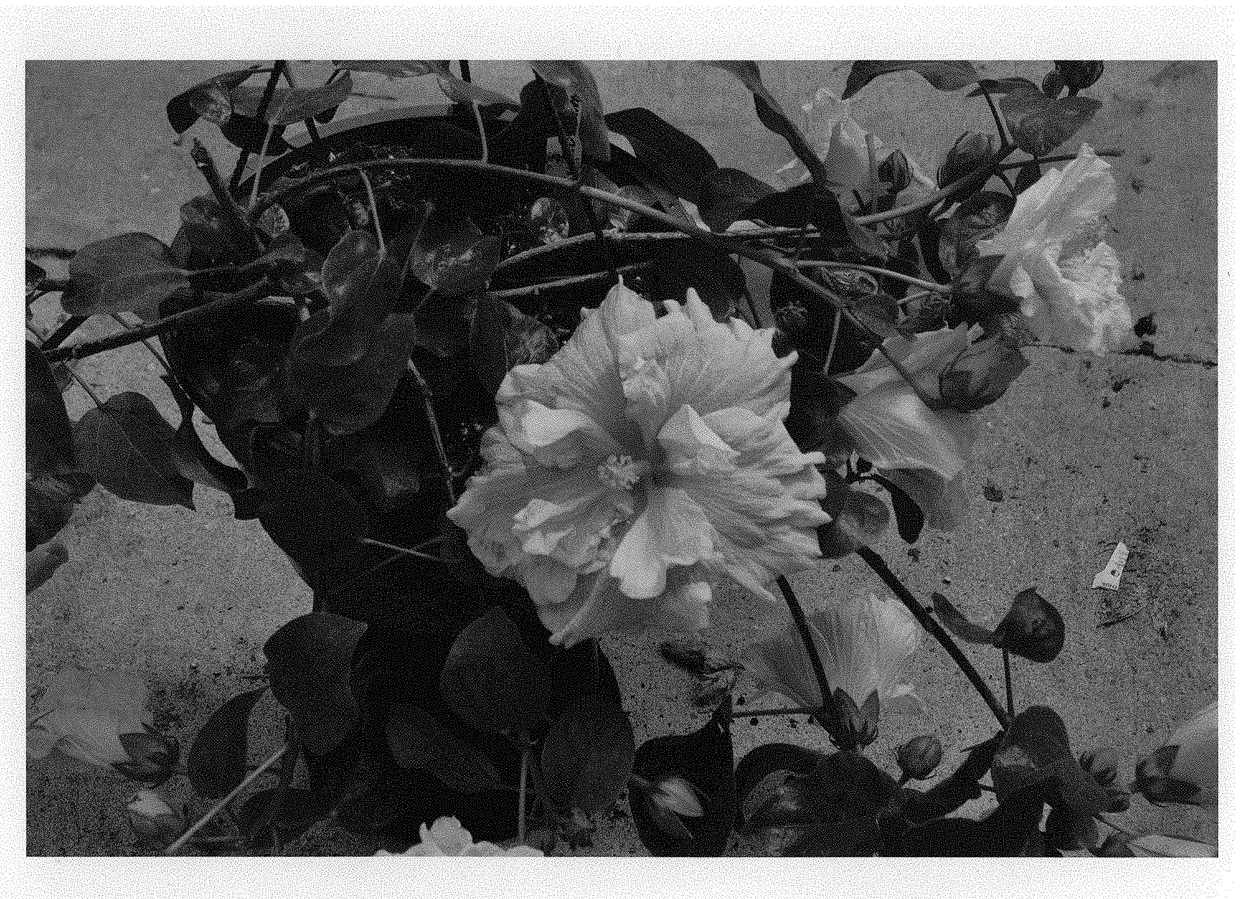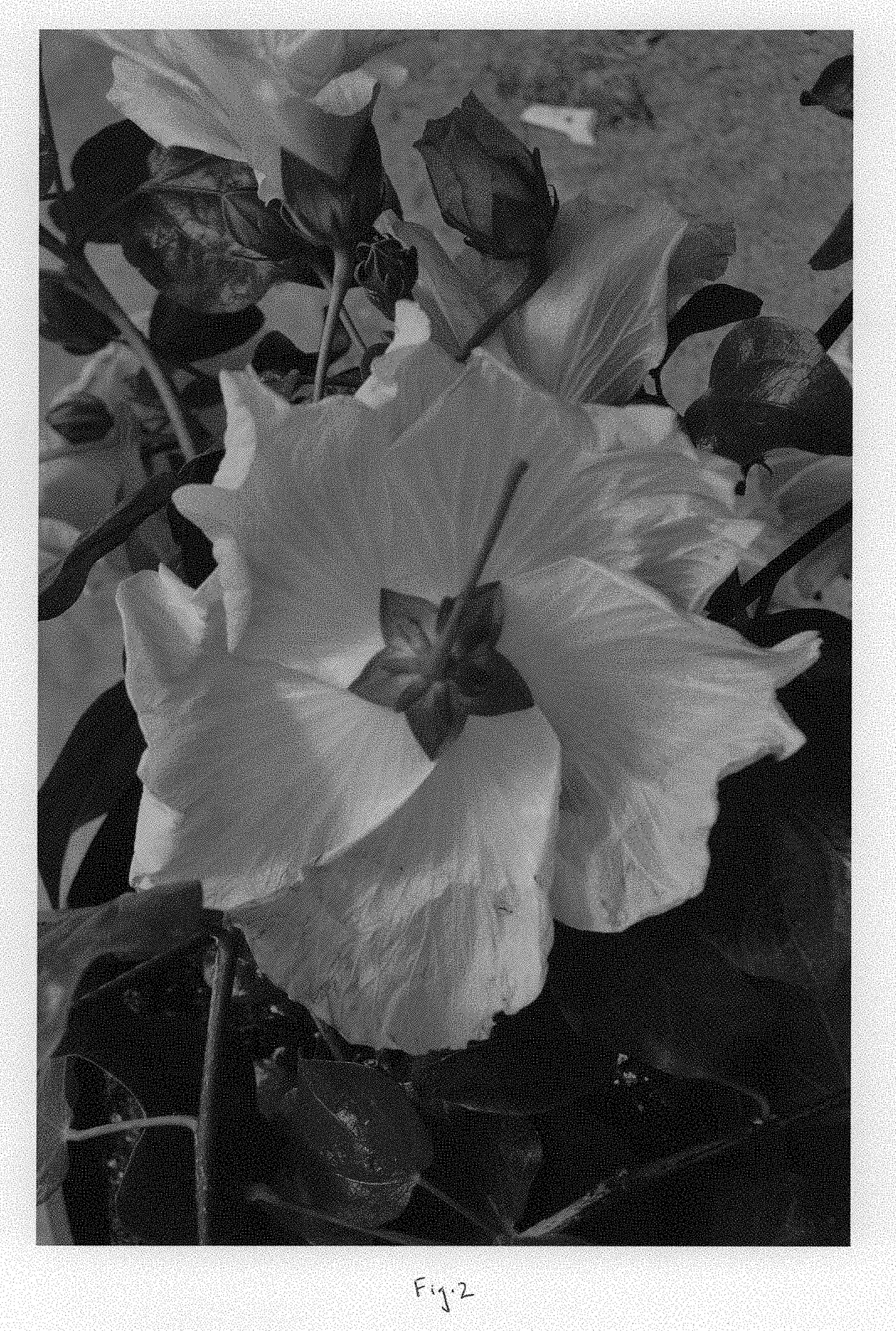Hibiscus plant named 'DUP-PKF'
- Summary
- Abstract
- Description
- Claims
- Application Information
AI Technical Summary
Benefits of technology
Problems solved by technology
Method used
Image
Examples
Example
[0028]In the following description, color references are made to The Royal Horticultural Society Colour Chart, Edition V, except where general terms of ordinary dictionary significance are used. The following observations, measurements, and values describe plants grown in Plaquemine, La., in a standard 10 inch hanging basket pot. Plants used for the description (including for the drawings) were about 27 weeks old.[0029]Botanical classification: Hibiscus rosa-sinensis. [0030]Parentage:[0031]Female or seed parent.—Unknown.[0032]Male or pollen parent.—Unknown.[0033]Propagation:[0034]Type.—‘DUP-PKF’ has been propagated by taking hardwood, semi-hardwood and tip cuttings, with semi-hardwood preferred. It should be noted that many methods of asexual propagation, such as tissue culture and other cloning processes, can be expected to show some degree of success in the propagation of the present cultivar. However, of the methods tried by the Inventor, the use of semi-hardwood cutting has give...
PUM
 Login to View More
Login to View More Abstract
Description
Claims
Application Information
 Login to View More
Login to View More - R&D
- Intellectual Property
- Life Sciences
- Materials
- Tech Scout
- Unparalleled Data Quality
- Higher Quality Content
- 60% Fewer Hallucinations
Browse by: Latest US Patents, China's latest patents, Technical Efficacy Thesaurus, Application Domain, Technology Topic, Popular Technical Reports.
© 2025 PatSnap. All rights reserved.Legal|Privacy policy|Modern Slavery Act Transparency Statement|Sitemap|About US| Contact US: help@patsnap.com



